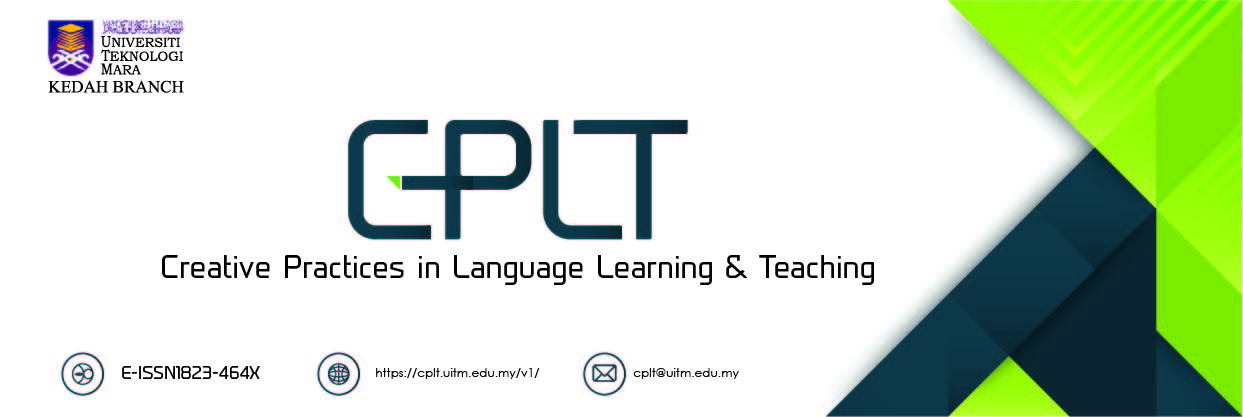Incorporating the Concept of A.D.A.B into Curriculum Design
A Reflection Journey
DOI:
https://doi.org/10.24191/cplt.v12i2.3620Keywords:
A.D.A.B model, curriculum design, reflective practice, engineering educationAbstract
Developing a well-crafted engineering curriculum is paramount, particularly for subjects like thermodynamics. Despite the complexities of the subject matter and the diverse backgrounds of engineering technology students, there is a need for a comprehensive and relevant curriculum. This paper uses the A.D.A.B model to examine the curriculum design process for a thermodynamics course. This model involves the following key stages: Analysis, Design, Assess, and Build in Belief. Theoretical frameworks and practical challenges influence these stages. In addition, the DEAL model, which emphasizes reflection and action, is integrated to articulate the curriculum design process. Following the A.D.A.B model and incorporating insights from experienced experts enabled the instructor to design the course holistically. The curriculum developed was found to be comprehensive and relevant to the needs of engineering technology students. The research emphasizes combining structured methods (A.D.A.B) with reflective practices (DEAL) when developing curriculums. It provides valuable insights for educators and curriculum designers and highlights the significance of reflective essays within the community of practice. This approach ensures a holistic curriculum design and contributes substantially to Scholarly Teaching and Learning (SoTL) research.

Published
How to Cite
Issue
Section
License
Copyright (c) 2024 Siti Nur Amalina Aznam

This work is licensed under a Creative Commons Attribution 4.0 International License.







